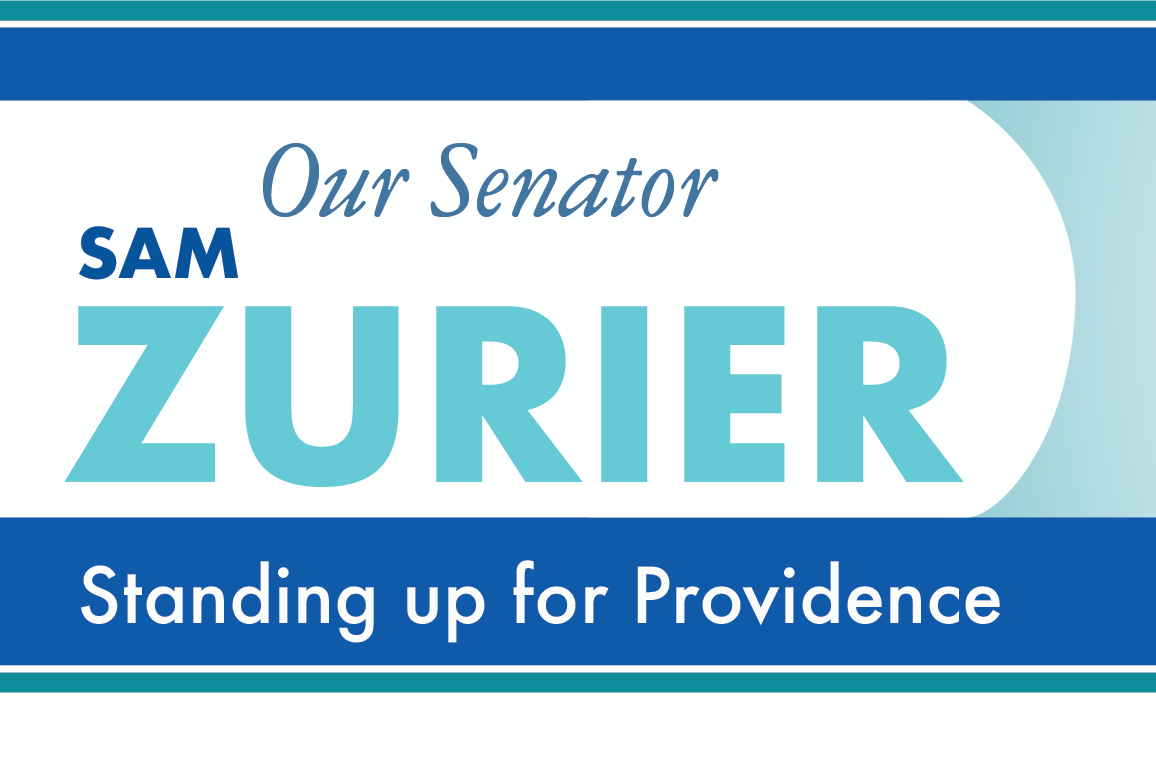I hope you have had the opportunity to enjoy this weekend’s respite from winter weather (albeit with ongoing concern about the impacts of climate change). In this week’s letter, I will describe the “core instruction budget,” which is the first of three components in the State’s education aid funding formula, and explain why and how, in my opinion, it needs improvement.
1. The overall inadequacy of the State aid funding formula
In this letter and those that follow on this subject, I will argue that the funding formula is inadequate to meet its overall goals for the State in general, and even more so in the case of Providence (and urban core communities) in particular. One can view this overall inadequacy through State-level data provided by the United States Census through its Annual Survey of School Finances (and its most recent tabulation for fiscal year 2020). As described in my January 1 letter, the Rhode Island funding formula is designed to have the State to pay for 50% of the total cost of public education Statewide. In contrast, according to the Census data, Rhode Island’s state government funds only 40.4% of the cost of education, of which the funding formula accounts for 32.4%, far below the 50% target stated in the funding formula. (The same table indicates that, on a national average, states provide 47% of the cost of public education and that Rhode Island’s 40.4% state share is the eleventh lowest in the country.)
2. The inadequacy of Rhode Island’s “core instruction budget”
Why does Rhode Island’s funding formula, which ostensibly is designed to provide State funds to cover 50% of the total cost of education, in fact provide less than one-third of that cost? I will now explain how inadequacies in the first component, the “core instruction budget,” presents a major factor contributing to this deficit.
As explained in my January 1 letter, Rhode Island’s education aid funding formula begins with a calculation of the average amount of money required to educate a student without special needs. This year, the State calculates that amount at $11,050. To develop that figure, the State develops a “market basket” of expenses to operate a school of regular-needs children as presented in this Slide prepared by the R.I. Department of Education (RIDE). The list is missing several key budget lines, particularly those related to operations (such as utilities, building maintenance, transportation, etc.) which consume 25% of a typical school district’s budget. In other words, the funding formula begins with a 25% deficit – each school district is required to pay for operations completely with local funds before there is any cost-sharing with State aid under the funding formula.
As a result, one way to improve the funding formula is to have the “core instruction budget” include all expenses, beginning with operating expenses.
3. Additional context, qualifications and nuance
As I stated in my January 1 letter, the State aid funding formula contains a number of nuances (many of which I consider unhelpful) that make my general description incomplete. I would like to mention a few of them here.
a. Other shortcomings of the “core instruction budget.”
In addition to the issue of whether the “core instruction budget” is complete, I have questions about the adequacy of calculated amounts for some of the components that are included. With that said, these differences are of a smaller magnitude than the formula’s wholesale failure to include operating expenses.
b. Expenditures by some local communities exceeding the State average amount
First, Rhode Island’s local communities are not required to limit their budgets to the “foundation” amount as a condition of receiving State aid. For example, the per pupil cost in some communities such as Little Compton and Block Island exceed $30,000, due to the districts’ small size or because the community wishes to commit additional funds for public education beyond the State’s average cost per child figures.
c. The 50% figure is an overall figure which varies from district to district
Second, the funding formula’s target of 50% of the total aggregate cost Statewide does not imply that all districts will share the cost of public education with the State on a 50/50 basis. Instead, the funding formula adjusts the State’s share of local school budgets based on their relative ability to pay, as measured principally by the amount of taxable property per student in a given community. Thus, for example, at last check, the State funded approximately 60% of the Providence school budget, exceeding the 50/50 overall target, because Providence’s property tax base per student is significantly below the State average. Even though Providence’s 60% exceeds the target baseline of 50%, I will explain in future letters why I believe the current formula contains gaps that prevent Providence from receiving the amounts of State aid that the formula ostensibly should provide under the 50/50 overall cost share on which it is constructed.
4. Future letters concerning the funding formula’s other key components
I plan to write two more letters to complete my description of the funding formula. The first letter will review the “student success factor” which as previously described is intended to cover the additional costs of students with above-average needs, such as those in poverty and/or multi-language learners. The second letter will review the “state share” calculation, by which the State determines how much of each school district’s budget will be paid for with local funds and how much with State funds.
5. Conclusion
By excluding operational expense from the “core instruction budget,” the State’s funding formula begins by short-changing local school districts by 25% of their overall expense, instead asking them to cover that amount exclusively with local funds.
